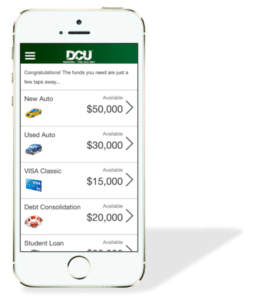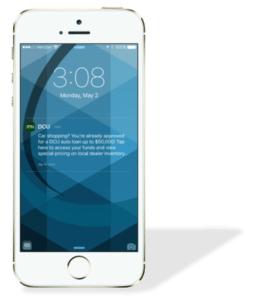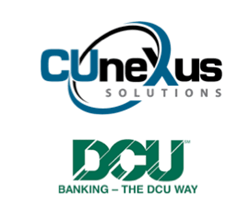
 A wise man once said, “Today is so yesterday.” In the ever-changing world of technology, those words couldn’t be truer. In this arena, the only constant is change. Compared to other historic changes in the banking business, the rise of online banking happened at near breakneck speed. If those rapid adaptations made your head spin, pop some Dramamine and get ready for the wild ride that is mobile banking and mobile banking apps.
A wise man once said, “Today is so yesterday.” In the ever-changing world of technology, those words couldn’t be truer. In this arena, the only constant is change. Compared to other historic changes in the banking business, the rise of online banking happened at near breakneck speed. If those rapid adaptations made your head spin, pop some Dramamine and get ready for the wild ride that is mobile banking and mobile banking apps.
It is the future. And at the risk of trotting out a tired cliché, the future is now. The rise of the smartphone has lead to the rise of the smartphone lifestyle. By the end of 2014, 85 percent of Millennials aged 18 to 24 owned mobile devices. And chances are the other 15 percent were in lines outside various Apple stores to buy one. For the new and emerging demographic, mobile banking is not a nice benefit. It’s a necessity. Currently, 70% of millennial see mobile banking as a priority when handling their finances. And they are not alone. Every study shows the other generations are close behind in mobile usage and mobile banking.
Convenience has been redefined.
For years, convenience to consumers meant more hours, more locations, and more ATMs. Oh, how that has changed! Today, convenience means free online banking, mobile banking apps and most recently, mobile bank deposits. Soon all generations of consumers may go weeks, months, even years without stepping into a traditional branch.
Customer service has been redefined
So how do we serve consumers who don’t require face-to-face contact? Easy. We make their online, connected experience as pleasant and fulfilling as their traditional branch experience. Technology is meant to serve a purpose. In this context, it’s also meant to deepen your relationship with your patrons. Of course that’s easy to say in a blog; it’s much more difficult in practice. Even the largest international financial institutions are struggling with delivering what their customers want while still maintaining security. Finalizing a home loan online is a tad more complicated than say, buying a t-shirt.
Speed vs. security
Recent studies have revealed that nearly 50 percent of banking apps are vulnerable to hacking. Protecting our patrons while serving them online will be a constant balancing act. Fortunately, mobile banking will provide some solutions along with these added threats. Namely, the advent of fingerprint authentication. While not available on all smartphones, this solution could be the closest thing to the security/speed silver bullet many financial institutions are seeking. That being said, as every new security solution presents itself a new more sophisticated way of hacking that solution will appear. The trick here is to stay ahead of the security curve and offer your members the latest options available while still being fast, easy and seamless. It’s an ongoing investment, but it will pay off in the long run by keeping your patrons happy and secure, positioning your institution as a vital facet of their financial lives.
Net neutrality is a game changer
In the app world, speed is king. Studies have shown that nearly half of app users will abandon an app if it takes more than three seconds to load. Three seconds. The time it has taken you to read the last few sentences. Because of the latest net neutrality ruling we can’t pay for the added bandwidth that would translate into added speed. Internet and app access is now a utility. Our best response to this change is app optimization. Our mobile banking apps will need to be lean and nimble to survive in the current mobile-friendly, attention span deprived, need-it-now environment that consumers occupy.
Split the bill lickety split.
A great test of a robust mobile banking app is its ability to share payments. While not the newest thing to come along in mobile conveniences, the speed and ease in which your members can send money to others has become a priority. By leveraging a real-time EFT network solution, your app user won’t have to wait hours or even days for transactions to clear. It’s the perfect example of a service meets user expectations. It’s quick. It’s secure. And most importantly to consumers, it’s wonderfully effortless.
We’re still in the service business.
No matter what the next change will be, one thing hasn’t changed. We’re here to serve our patrons. Through pixels or people, we will continue to make them happy. Be it a branch or an app, our patrons will always need to do more than balance checks and bill payment. They will always need solid advice and help to navigate the next stage in their financial lives. Our technology should be robust enough to deliver this deeper need.
In the end, an app should be an experience, a natural extension of your highly respected and highly reliable member service.
Sources:
http://thefinancialbrand.com/51432/mobile-banking-experience-expectations/
https://www.cuinsight.com/mobile-means-the-future-for-credit-unions.html

















